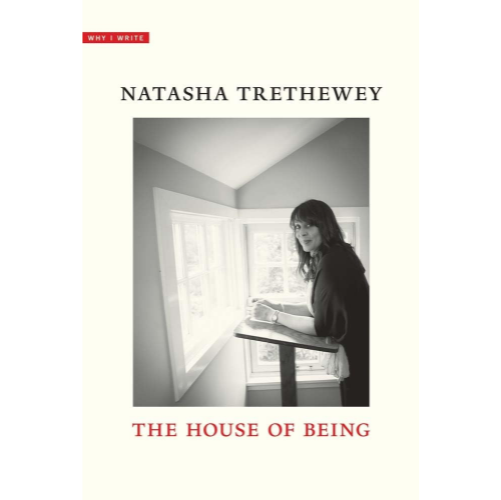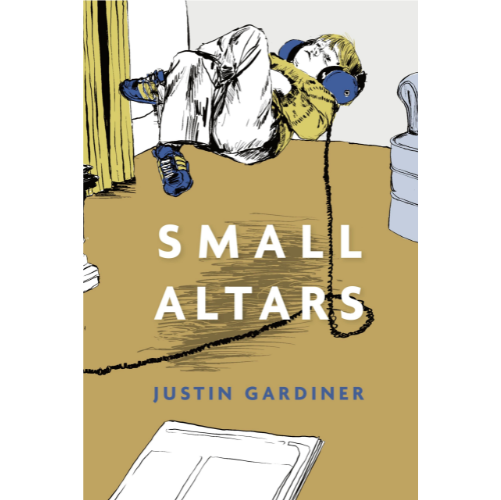By Mary Monroe
Kensington Publishing, 2024
Paper: $27
Genre: Fiction/Historical
Reviewed by Charlotte C. Teague
Amid themes of murder and betrayal, New York Times best-selling author and Alabama native Mary Monroe weaves together a captivating story about deception and extraordinary familial bonds in her new novel, Double Lives.
Set in rural Alabama in the early 1900s through the 1930s, the plot begins against a backdrop of Black Southern life and culture ranging from eating pig ears to drinking moonshine. Twin sisters Leona and Fiona Dunbar are at the center of the storyline and involved in all types of mischief. At first glimpse, they appear to be a normal set of identical twins born to proud parents, Clyde and Mavis Dunbar, in Lexington, Alabama; however, the plot reveals that Leona and Fiona often do not use the best judgment in their daily lives. What starts as fun and prankish behavior, ends in a life of trouble and dysfunction for them both.
Monroe introduces the twins through the childhood persona of Leona, who is the younger and more outgoing of the twins. She decides at an early age that she will be responsible for the older twin, Fiona, because of her sickly nature, low tolerance for pain, and seemingly mild personality, and in this declaration the “die is cast.” This pact initiates the behavior of switching identities that causes their lives to move down a path of no return. Because they could only be identified by the blue and red ribbons that they were forced to wear by their mother, they often switched the ribbons to lead “double lives.”
Fiona is not the mild-mannered, polite, ladylike, and perfect Christian girl that her mother and the community believe her to be. Instead, she is the twin getting into all the trouble that causes Leona, her sister, so much difficulty because she takes the blame for all her sister’s transgressions and allows her to maintain her pristine reputation while destroying her own. Leona is believed to be the doer of all the unsavory deeds, though it was Fiona climbing out of the window each night wearing her sister’s blue ribbon.
Switching places as toddlers and young children seemed to be innocent enough. Even Leona taking Fiona’s “whuppings” wasn’t that serious and neither was switching places for the Cinderella and Snow White plays at school; however, when they escalate to dating the same boy, readers see that the girls have gone too far.
The twins decide that it serves both their interests to trick Leona’s boyfriend by switching identities and by both dating him without his knowledge, but when Fiona becomes pregnant, they move into uncharted territory. This territory includes more promiscuity, lies, and shame that spirals out of control for the twins.
While still a teenager, Fiona assaults a white woman in a dress shop while attempting to steal a blouse to wear to a friend’s wedding, and Leona takes the blame and goes to jail for her sister. Through the repercussions of this incident, readers experience bits of local color connected to Southern culture that add to the Alabama roots depicted in the novel, including love, hate, and forgiveness connected to racism and Christianity as shown in the lives of the characters.
One would think that after Leona and Fiona move into their thirties, having endured so many troubles in their youth, their days of switching places would be over, but they are not. Fiona, though married to one of the most eligible bachelors in the town, is bored and unfulfilled with her marriage, while on the other hand, Leona, who is being smothered by a female friend who unbeknownst to her is in love with her, longs to be married to a man of her dreams. The plot twists when they change places one final time and something horrific happens leaving one twin locked into a life that she had not planned to live in rural Alabama.
The mischief of identical twin sisters is a recipe for disaster, and this impending disaster drives the plot. Monroe crafts a complex novel characterized by segregation with subtle hints of colorism, war, adultery, classism, homosexuality, racism, and a pandemic, wrapped around small-town-Alabama unspoken rules of living. Readers will not be prepared for what happens in the story. Sometimes in life, we are tempted to “push the envelope” too far, and through the lives of Leona and Fiona Dunbar, Monroe shows what can happen when we do.
Charlotte C. Teague is associate professor of English at Alabama Agricultural and Mechanical University (AAMU) where she specializes in Professional Writing (Creative, Media, & Technical), Black Women Writers, and Protest Literature.







Leave A Comment
You must be logged in to post a comment.